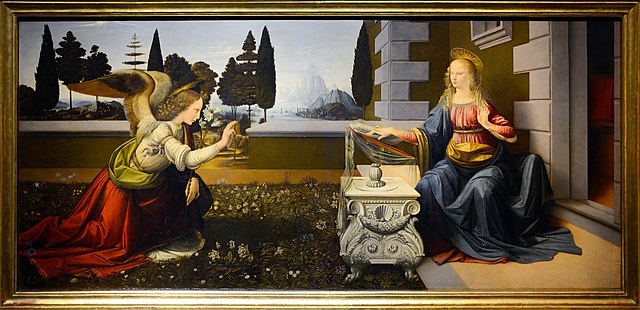We counted to 49 in Swahili, let's keep going!
50 hamsini - sounds like hah-m-see-nee 文A
51 hamsini na moja - sounds like hah-m-see-nee nah moh-jah 文A
52 hamsini na mbili - sounds like hah-m-see-nee nah m-bee-lee 文A
53 hamsini na tatu - sounds like hah-m-see-nee nah tah-too 文A
54 hamsini na nne - sounds like hah-m-see-nee nah n-nay 文A
55 hamsini na tano - sounds like hah-m-see-nee nah tah-noh 文A
56 hamsini na sita - sounds like hah-m-see-nee nah see-tah 文A
57 hamsini na saba - sounds like hah-m-see-nee nah sah-bah 文A
58 hamsini na nane - sounds like hah-m-see-nee nah nah-nay 文A
59 hamsini na tisa - sounds like hah-m-see-nee nah tee-sah 文A

(from: wikipedia - swahili language)
Russian: пятьдесят (pyat'desyat), пятьдесят один (pyat'desyat odin), пятьдесят два (pyat'desyat dva), пятьдесят три, пятьдесят четыре (pyat'desyat chetyre), пятьдесят пять (pyat'desyat pyat'), пятьдесят шесть (pyat'desyat shest'), пятьдесят семь (pyat'desyat sem'), пятьдесят восемь (pyat'desyat vosem'), пятьдесят девять (pyat'desyat devyat')
Norwegian: femti, femtien, femtito, femtitre, femtifire, femtifem, femtiseks, femtisyv, femti, femti ni
Greek: πενήντα (penínta), πενήντα ένα (penínta éna), πενήντα δύο (penínta dýo), πενήντα τρεις (penínta treis), πενήντα τέσσερις (penínta tésseris), πενήντα πέντε (penínta pénte), πενήντα έξι (penínta éxi), πενήντα επτά (penínta eptá), πενήντα οκτώ (penínta októ), πενήντα εννέα (penínta ennéa)
ASL: Fifty, fifty one, fifty two, fifty three, fifty four, fifty five, fifty six, fifty seven, fifty eight, fifty nine
Italian: cinquanta, cinquantuno, cinquanta due, cinquanta tre, cinquantaquattro, cinquantacinque, cinquantasei, cinquantasette, cinquantotto, cinquantanove
German: fünfzig, einundfünfzig, zweiundfünfzig, dreiundfünfzig, vierundfünfzig, fünfundfünfzig, sechsundfünfzig, siebenundfünfzig, achtundfünfzig, neunundfünfzig
Spanish: cincuenta, cincuenta y uno, cincuenta y dos, cincuenta y tres, cincuenta y cuatro, cincuenta y cinco, cincuenta y seis, cincuenta y siete, cincuenta y ocho, cincuenta y nueve
French: cinquante, cinquante et un, cinquante-deux, cinquante-trois, cinquante-quatre, cinquante-cinq, cinquante-six, cinquante-sept, cinquante-huit, cinquante-deux









